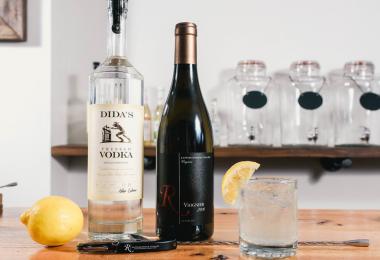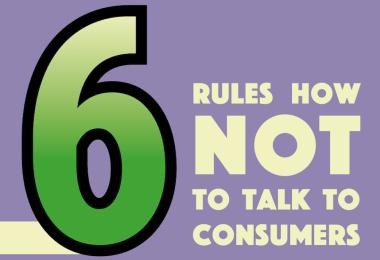Every winery with a cellar door has experienced it: the rush of visitors when there aren’t enough staff to serve them. Or staff with nothing to do because nobody has come. Managing the flow of visitors is one of the key challenges for wine tourism.
One solution, according to wine tourism experts, is ‘bookable product’.
Unique experiences
One of the best ways to make money at the cellar door is to offer visitors a high-value experience. Offer a guided tour of the vineyard, or a tasting with the winemaker, or a wine education session – and price it accordingly. During periods when there are more staff available, offer more experiences and vice versa. The key is to ensure the experience can be booked through the website.
“A lot of wineries think they have bookable product, but you click and it goes to an email address or online form. That’s not bookable product,” says Robin Shaw of Wine Tourism Australia. She opens her laptop and logs on to Voyager Estate in Western Australia. Under ‘Book Experience’ there are offers of chef-prepared meals, tours and educational tastings. When Shaw clicks ‘Book’, a screen comes up offering dates, times and number of places available. Once the customer has chosen the date they want, the system asks for payment. “What’s working in the background is a booking platform that does all the heavy lifting,” says Shaw. “Rezdy is one of the best.” Rezdy, which costs between $49 and $249 a month, is connected to a wider tourism marketplace so that tour operators can also book for their guests.
Shaw says Rezdy and similar systems save wineries from having to advertise. And because the booking platform has a calendar, “they can load up which days they want their product to be available and allocate the resources to do the tour,” she adds. “They’re getting paid up front, so they’re getting money in the bank. The third thing is, this is brilliant for collecting data, so you can feed your database.” Shaw says good wineries will contact visitors prior to the tour, to let them know the weather will be bad or ask about dietary requirements. “Now you’re personalising it and you can add further customer data.”
Another benefit, says Shaw, is that these systems also capture tourists in the area who are surfing the web, looking for things to do. “Because travellers are on their mobiles, this has to be mobile-friendly,” she says.
Casting the net further afield
Unless tourists have heard of the winery, of course, they are unlikely to go to the website looking for information. That’s no problem, because the winery can make its products available to the travel industry. “The best way they can do that is reach out to a DMC [destination management company] in their local area and work with the DMC to have their product packaged,” says Karen Ridge, director of Australia’s Food and Wine Travel.
She explains that DMCs put together packages for travel agents, offering services such as accommodation, transfers or a tour guide. “It might be a wine tasting in the city, it might be a walking tour, it might be going to the winery. That’s the package the DMC will put together and it allows the travel agent to have something tangible to give the consumer.” It also means travel agents can book experiences all over the world.
Ridge says regional tourist boards will generally have a list of DMCs available, and warns that wineries which approach travel agencies directly are wasting their time. “They think that I will ring and make a booking for my client, but I’m not going to contact them directly.” Instead, if Ridge is interested in a winery, she will include it in the package she’s organising through the DMC.
Finally, there’s no point in encouraging visitors to come if the basics haven’t been taken care of, from clear signage to well-trained staff greeting visitors and clean, appealing bathrooms. Above all, says Shaw, it’s important to train staff to engage with visitors, rather than reciting a script. The goal, she says, is “to create a relationship that doesn’t end when they walk out the door”.








